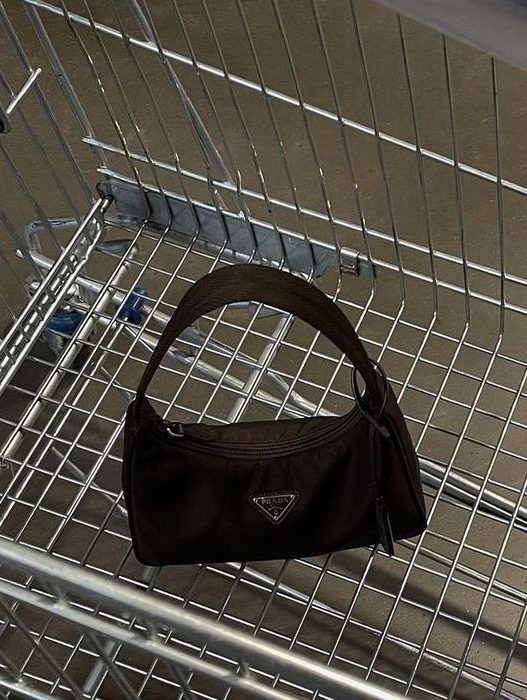Choosing eco-friendly fashion brands is a key step toward building a more sustainable and ethical wardrobe. As consumers become more conscious of the environmental and social impacts of their purchases, it’s important to know how to identify and support brands that prioritize sustainability and ethical practices. Here’s a guide to help you make informed decisions and support fashion brands that align with your values.

1. Look for Certifications and Labels
Certifications and labels can provide valuable information about a brand’s commitment to sustainability and ethical practices. These certifications are often awarded by independent organizations and ensure that a brand meets specific environmental and social criteria.
- What to Look For: Common certifications include Fair Trade, Global Organic Textile Standard (GOTS), OEKO-TEX Standard 100, B Corp, and Cradle to Cradle. Each certification has its own focus, from fair labor practices to organic materials.
- How to Use It: Check the brand’s website or product labels for these certifications. They provide a level of assurance that the brand adheres to recognized standards of sustainability and ethics.

2. Assess Transparency and Practices
Transparency in a brand’s practices is crucial for understanding its commitment to sustainability. Brands that are open about their production processes, sourcing, and labor practices are more likely to be genuinely ethical.
- What to Look For: Review the brand’s website and product descriptions for information on their supply chain, manufacturing processes, and materials used. Look for details on how they address environmental and social issues.
- How to Use It: Brands that provide detailed information about their sourcing and production are generally more trustworthy. If a brand is vague or lacks transparency, it may not prioritize sustainable practices.
3. Evaluate Material Choices
The materials used in clothing have a significant impact on the environment. Eco-friendly fashion brands often use sustainable, recycled, or organic materials to reduce their ecological footprint.
- What to Look For: Sustainable materials include organic cotton, recycled polyester, bamboo, hemp, and Tencel. Avoid brands that use synthetic fabrics derived from petroleum or materials with harmful chemicals.
- How to Use It: Check the composition of the garments and research the environmental impact of the materials used. Brands that prioritize eco-friendly fabrics often highlight this in their product descriptions.
4. Support Brands with Ethical Labor Practices
Ethical labor practices ensure that workers are treated fairly and work under safe conditions. Supporting brands that uphold these practices helps promote fair wages and humane working conditions.
- What to Look For: Look for brands that provide information about their labor practices, including fair wages, safe working conditions, and adherence to labor rights. Certifications like Fair Trade can also indicate ethical labor practices.
- How to Use It: Research the brand’s ethical policies and check for third-party certifications that validate their commitment to fair labor practices. Support brands that actively work to improve workers’ lives.
5. Consider Local and Small-Batch Brands
Local and small-batch brands often have a smaller environmental footprint due to reduced transportation and production scales. They may also offer more transparency and unique, handcrafted items.
- What to Look For: Explore local designers and small fashion brands that prioritize sustainable practices. They often use local materials and production methods, reducing their overall impact.
- How to Use It: Support these brands by shopping locally or through their online stores. Small-batch and artisanal brands may offer one-of-a-kind pieces with a lower environmental impact.

6. Review Brand Initiatives and Community Involvement
Brands that are genuinely committed to sustainability often engage in community initiatives and environmental projects. These efforts reflect a brand’s dedication to making a positive impact beyond just their products.
- What to Look For: Check if the brand participates in environmental campaigns, supports charitable causes, or engages in community development projects.
- How to Use It: Brands with active community involvement and environmental initiatives demonstrate a broader commitment to positive change. Support those that align with your values and contribute to meaningful causes.
7. Analyze Product Lifespan and Care
Eco-friendly fashion brands often design products with longevity and durability in mind. They may also provide care instructions that help extend the life of their garments.
- What to Look For: Look for brands that offer high-quality, durable products and provide care instructions to help maintain their longevity. Some brands may also offer repair services or recycling programs.
- How to Use It: Choose products designed to last and follow the care instructions to maximize their lifespan. Brands that focus on durability and repairability contribute to a more sustainable fashion cycle.
8. Educate Yourself and Stay Informed
Staying informed about sustainable fashion and emerging eco-friendly brands helps you make better choices and supports the growth of the sustainable fashion movement.
- What to Do: Follow sustainable fashion blogs, join online communities, and attend workshops or events related to eco-friendly fashion. Educate yourself about the latest trends and innovations in the industry.
- How to Use It: Use the knowledge gained to make informed purchasing decisions and advocate for sustainable practices within your network. Share your insights with others to promote a more eco-conscious approach to fashion.
Conclusion: Make Informed Choices for a Greener Wardrobe
Choosing eco-friendly fashion brands is an empowering way to align your wardrobe with your values and contribute to a more sustainable and ethical fashion industry. By seeking out certifications, assessing transparency, evaluating materials, and supporting ethical practices, you can make a positive impact through your clothing choices. Embrace these tips to build a wardrobe that reflects your commitment to sustainability and supports brands making a difference.





















